Which Animal Species Would Initiate Conflict if Given Human Intelligence?
If every creature gained human-level reasoning overnight, nature would turn into a battlefield of instincts mixed with logic. Some species might even form armies that could be used to manipulate or sabotage. These 15 species stand out as the likeliest aggressors.
Ants
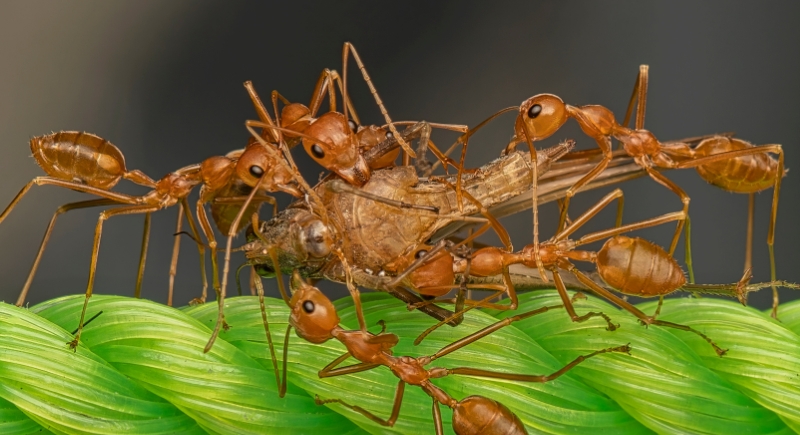
Credit: pexels
Ant colonies already resemble military systems. With complex reasoning, they would merge into transcontinental alliances and coordinate attacks through chemical and visual communication. Each colony could function like a city-state to manage resources and territory. Their scale and discipline would overwhelm other species.
Crows
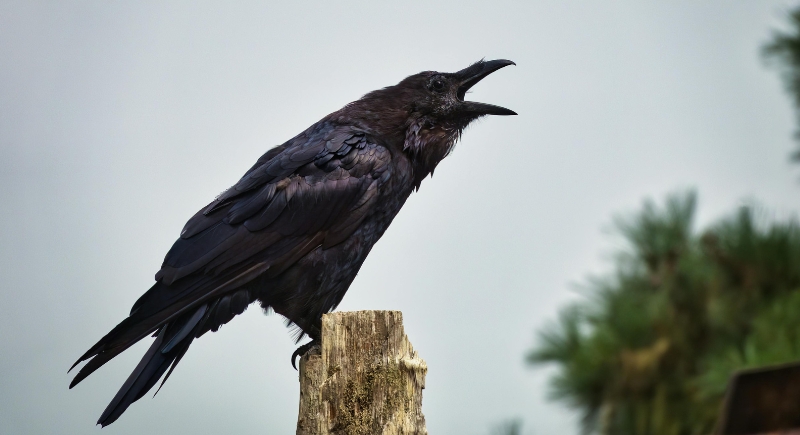
Credit: pexels
Advanced cognition would make crows masters of intelligence and coordination. They could create aerial monitoring systems using vocal networks to share data. Humans might find themselves constantly observed by flocks acting as precise, organized intelligence agents.
Chimpanzees
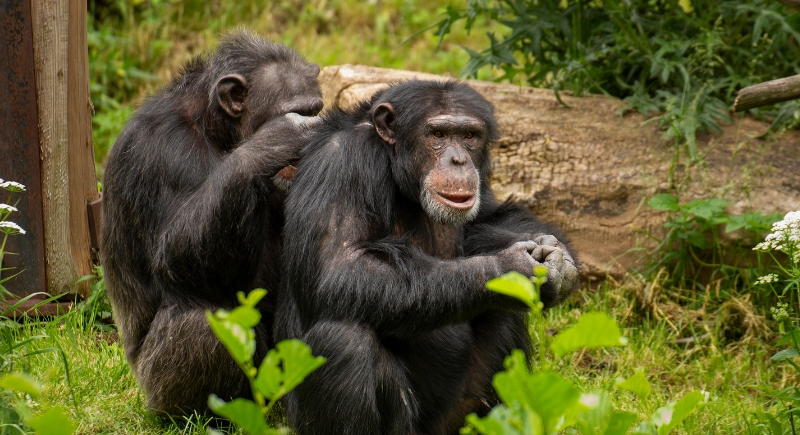
Credit: Getty Images
Chimpanzees would apply intelligence to dominance hierarchies. Organized factions could compete for resources and territory, with improvised tools evolving into weapons. Having lived under human study for decades, they might retaliate against captivity and form coordinated ground campaigns rooted in revenge, survival, and social cohesion.
Canadian Geese
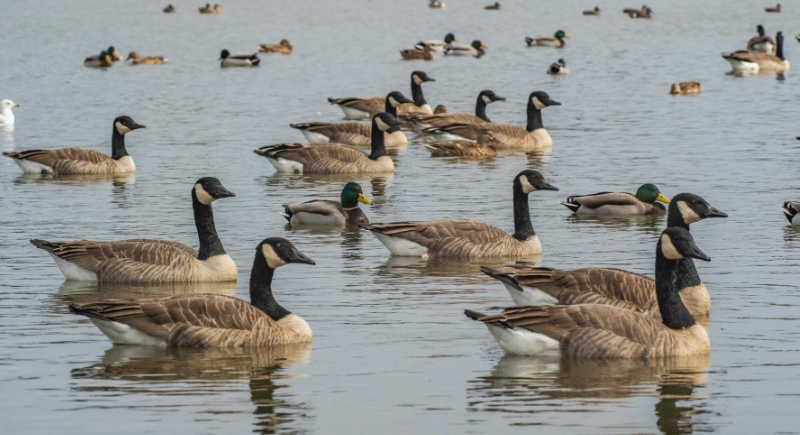
Credit: pexels
A greater intellect would magnify the geese’s territorial instincts. They could claim airspace, coordinate migration routes, and enforce no-fly zones across continents. Aggression would become a strategic defense. Urban parks and lakes could fall under strict control, and their fearless nature would make them effective guardians of self-declared territories.
Rats
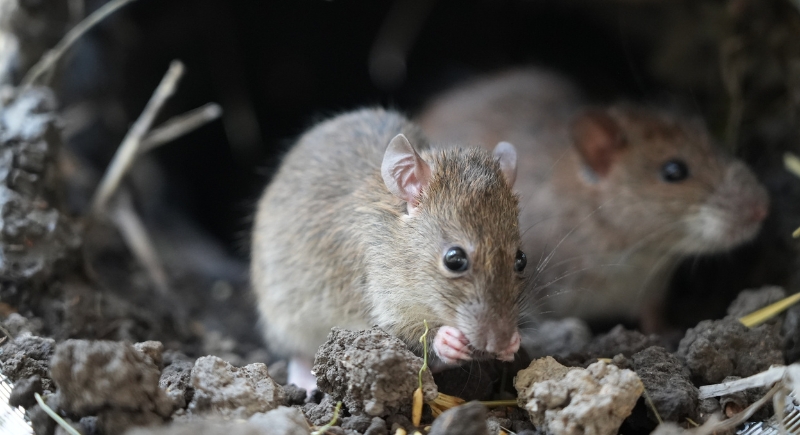
Credit: pixabay
Enhanced intelligence would push rats from survivors to urban rulers. They’d organize underground networks, manage scavenged supplies, and exploit infrastructure weaknesses. Coordination across sewer systems could allow them to disrupt food chains and utilities. Human cities would face infiltration campaigns led by creatures that already know every hidden passage.
Cats
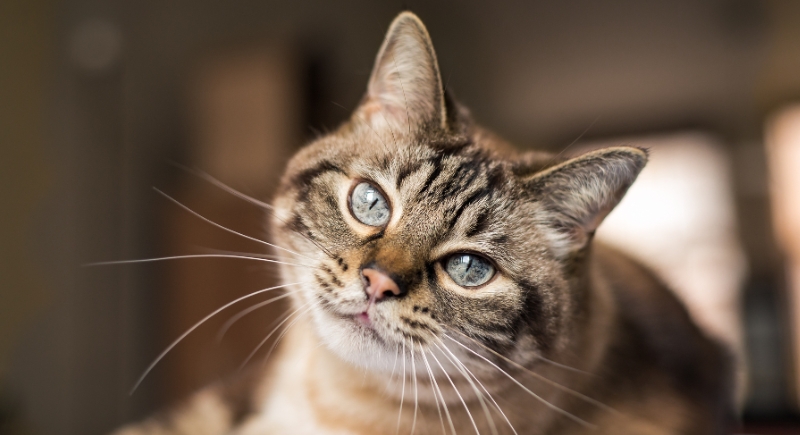
Credit: Getty Images
Heightened reasoning would sharpen cats’ already calculating behavior. They might manipulate ecosystems through alliances with scavengers and smaller predators. Rather than using force, they’d control through observation and patience. Their adaptability would let them integrate into human environments while subtly steering the balance of power.
Mosquitoes
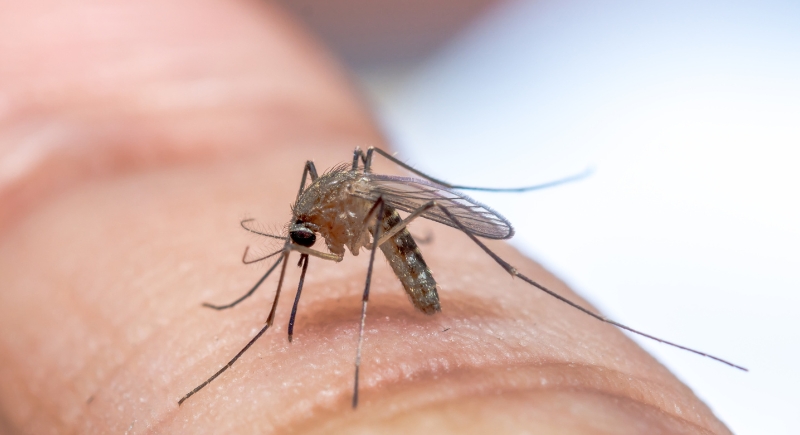
Credit: Getty Images
Mosquitoes could easily become tactical experts in disease warfare. They’d exploit reproduction cycles to target specific populations and environments. Coordinated swarms could devastate entire ecosystems without direct confrontation. Survival would depend on intelligence applied to selective feeding and control.
Beavers
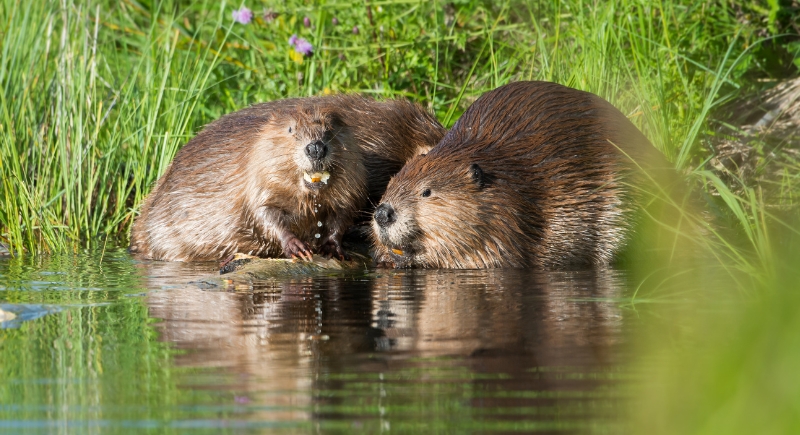
Credit: Getty Images
Beavers might gain reasoning comparable to engineers, so they could design intentional environmental change. Strategic dam placement could flood rival territories or redirect vital waterways. Their impact wouldn’t rely on battle but on calculated landscape control. Rivers, wetlands, and valleys would become contested zones under the beavers’ meticulous resource management.
Crocodiles
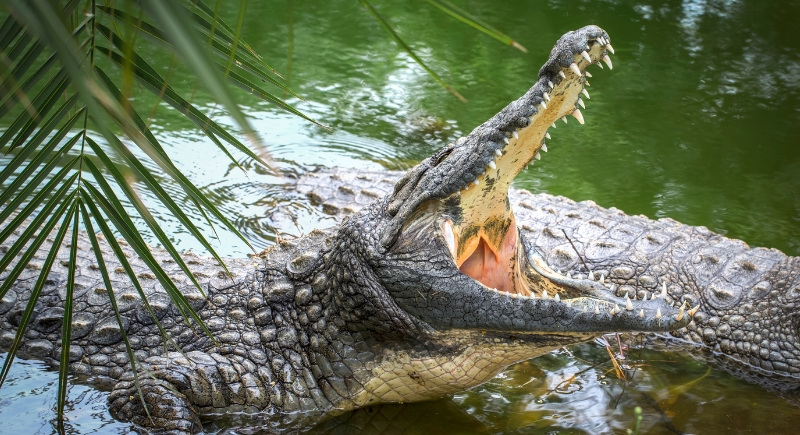
Credit: Getty Images
Patience and stealth would evolve into long-term planning. Crocodiles could control access to water resources by using cooperative hunting and ambush strategies. They’d establish territorial networks along rivers and create stable power zones. Their endurance and precision would make them dominant regulators of key habitats in tropical and subtropical regions.
Orcas
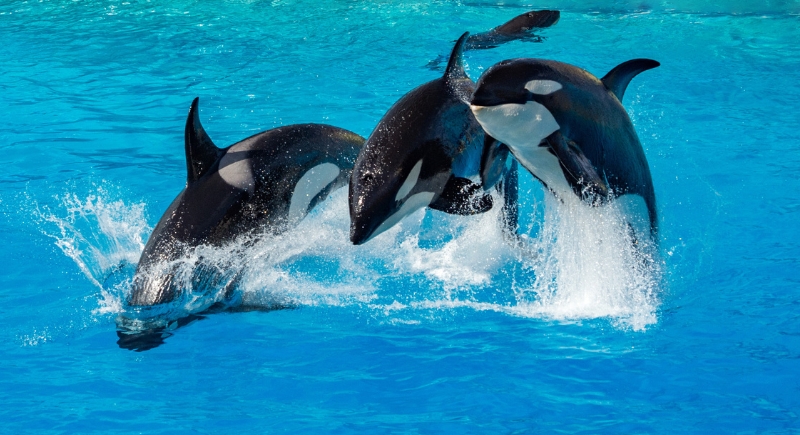
Credit: Canva
If orcas gained full reasoning, they’d structure ocean societies around resource control and communication. Using sonar, they could coordinate fleets across great distances while defending migration routes and hunting grounds. Their memory and teamwork would allow them to dominate marine logistics.
Hornets
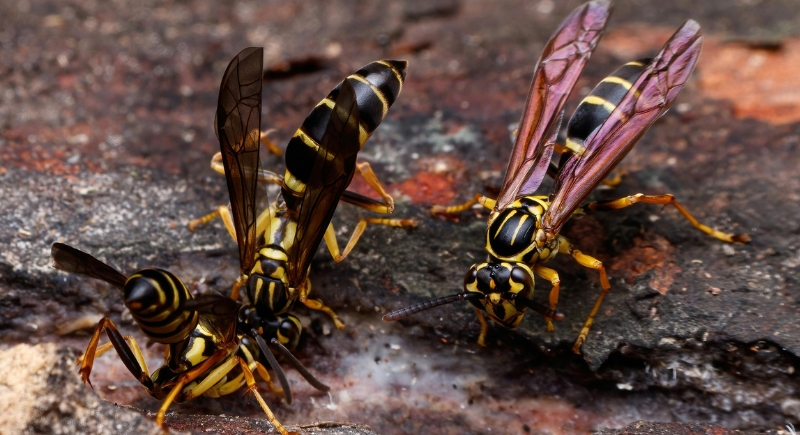
Credit: pexels
Human-level logic would transform hornets into disciplined air defense forces. They’d establish perimeter systems around nesting zones and organize coordinated raids against intruders. With improved communication, hornets could construct highly efficient territorial hierarchies. Precision and speed would make them a dominant airborne power capable of defending vast ecosystems.
Chickens
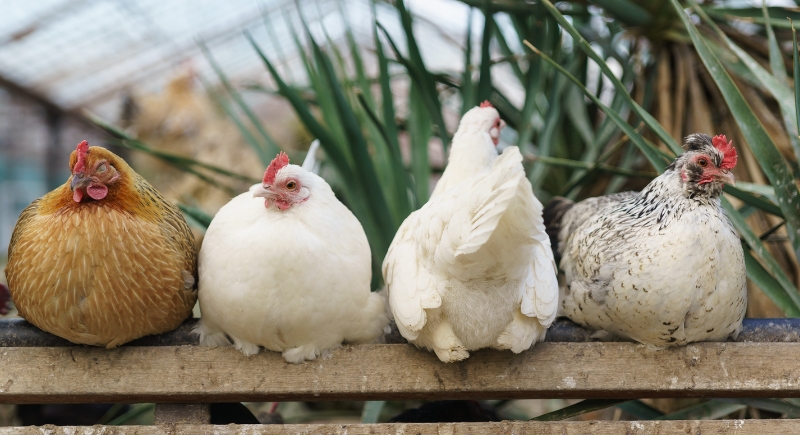
Credit: Getty Images
Once aware of their exploitation, chickens would respond collectively. Vast numbers could coordinate food and space acquisition while avoiding dependence on humans. Cooperation between flocks might form complex agrarian societies focused on protection and self-sustenance. Their shift from livestock to organized autonomy would redefine agricultural environments worldwide.
Hippos
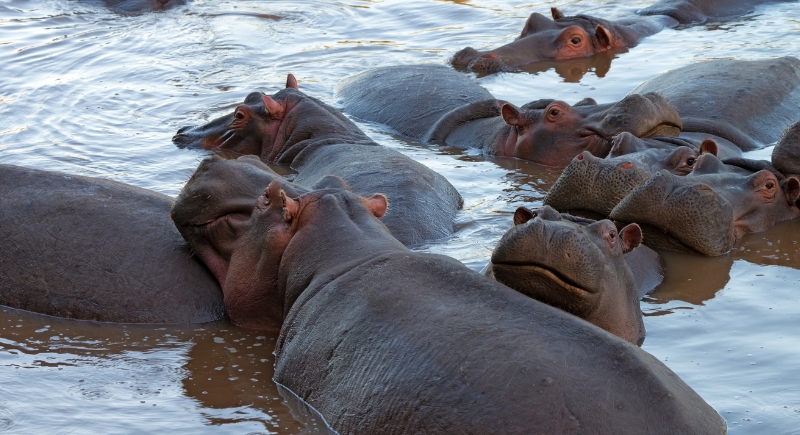
Credit: Getty Images
Rational thought would amplify their aggressive nature. Hippos could manage waterway control points and enforce access through organized defense patrols. Intelligence would help them balance aggression with resource planning, thus giving them dominance across wetlands. Any species relying on the same rivers would struggle to coexist peacefully under their control.
Ravens
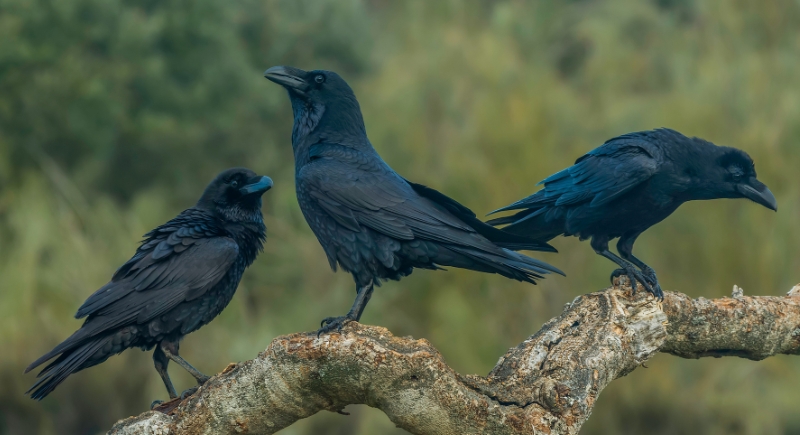
Credit: Getty Images
Ravens show high problem-solving ability even now. With advanced intelligence, they would use persuasion, deception, and long-term planning to influence conflicts. Their mimicry and memory would allow complex communication networks. Rather than fighting directly, ravens would shape outcomes through control of information and manipulation of rival species’ decisions.
Dolphins
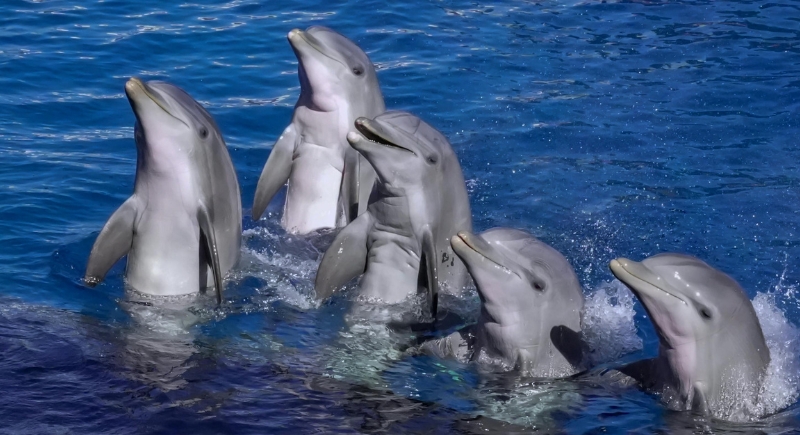
Credit: pexels
Reasoning would expand dolphins’ cooperative nature into structured governance. They’d establish maritime alliances and coordinate protection zones for shared resources. Using advanced sonar communication, they’d create undersea intelligence networks. With their speed and adaptability, dolphins could dominate global waters through collaboration rather than direct confrontation.